I remember my first NA (Narcotics Anonymous) meeting.
It was a dreich night around 2007 situated in the shadows of Alexander Street’s prominent ‘multis’ in the now-demolished Mark Henderson Centre on Ann Street.
I was invited by “Big Mike” Carson, a friend who overcame two decades of class A drug addiction.
I was unmarried and childless then. But I now realise our meeting was held in the corner classroom where my son would learn to read and write at Rosebank Primary School around a decade later.
Our meeting was barely underway when an attractive 26-year-old redhead walked in.
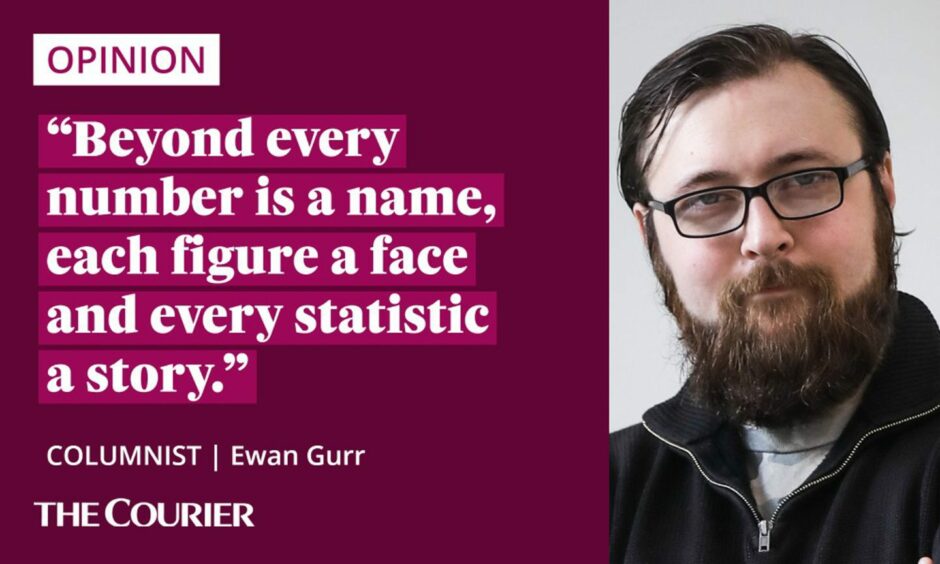
Life is sometimes worn less well by those of us whose formative years were spent in communities like those comprising Coldside.
To say Charlotte (not her real name), who was model material, was out of place among the others gathered would be to understate the situation.
And we all knew it.
There is a story behind every statistic
I’ve spent more than my fair share of time in 12-step recovery groups, like NA.
They offer safe spaces to share traumatic experiences in an environment of mutual care and understanding.
Everyone present is acutely aware they are broken and in need of restoration.
We also acknowledge the need to make amends with the families and friends from whom some of us have become estranged due to past behaviour.
This was Charlotte’s story.
Raped aged only four by a predatory paedophile who had been purposefully courting her adulterous mother to access both Charlotte and her 18-month-old sister, she struggled with increasingly vivid flashbacks in her mid-twenties.
In a moment of utter despair, she took heroin and succumbed to addiction.
She was married to a good man and living in a wonderful home with their young daughter who had just started school.
But her spouse asked her to leave when she started spending their joint account on an escalating addiction.
I saw Charlotte at one more meeting and not for about three years.
Sobering front-page coverage in today's @Evening_Tele and the Dundee street art of Rebel Bear on the tragic news of another 1,330 lives lost to drugs in Scotland. @Tele_DaveLord's editorial is right: "52 deaths… is still 52 too many." pic.twitter.com/CLIvgYD8PW
— Ewan Gurr (@EwanGurr) July 29, 2022
One day, as I was locking up the foodbank on Constitution Street, she arrived looking
haggard.
Her addiction had spiralled to the point of prostituting herself up to five times a night on Albert Street.
This was the last time I saw her.
Without help I could have become a number
There are various responses to Charlotte’s story and will be to the news of another 1,330 lives lost to drugs in Scotland.
Politicians, such as John Alexander, respond with what is being done.
Professionals, like the Scottish Drug Deaths Taskforce, report with what should be done.
Then, there is the public who are spliced between clinical and criminal responses.
One Evening Telegraph reader, last Monday, wrote: “All this publicity and outcry for people who make a life choice…”
Another response, last Friday, described the news as “a day of great sadness…”
But beyond every number is a name, each figure a face and every statistic a story.
It is these I reflect upon when new figures are published.
Around this time each year, I see a young and vivacious Charlotte, full of hope about the vision of a drug-free future.
I also think about “Big Mike”, who I would walk with from Arklay Street as we optimistically, but unsuccessfully, sought to whip our decrepit physiques into shape at Fitness First (also now demolished) on Main Street.
Sadly, the health effects of his former addiction finally caught up with him.
While I understand a need for answers, I find myself uneasy by the lack of genuine reflection from those who believe they have answers and the nauseating blame game from opposition politicians.
For now, I am grateful for those who helped me – and for the vision of a more hopeful future, which helped me step away from the precipice of an abyss.
Otherwise, I too may have become a figure, a number and a statistic.
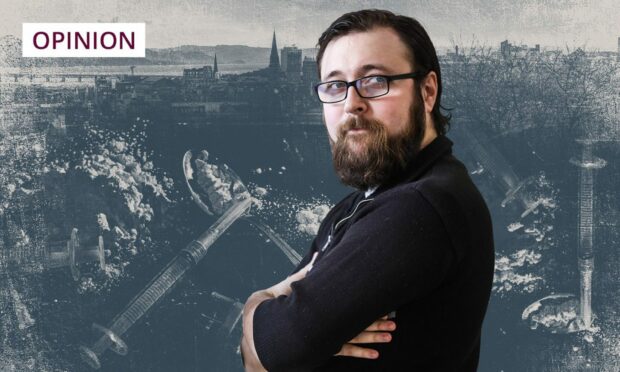
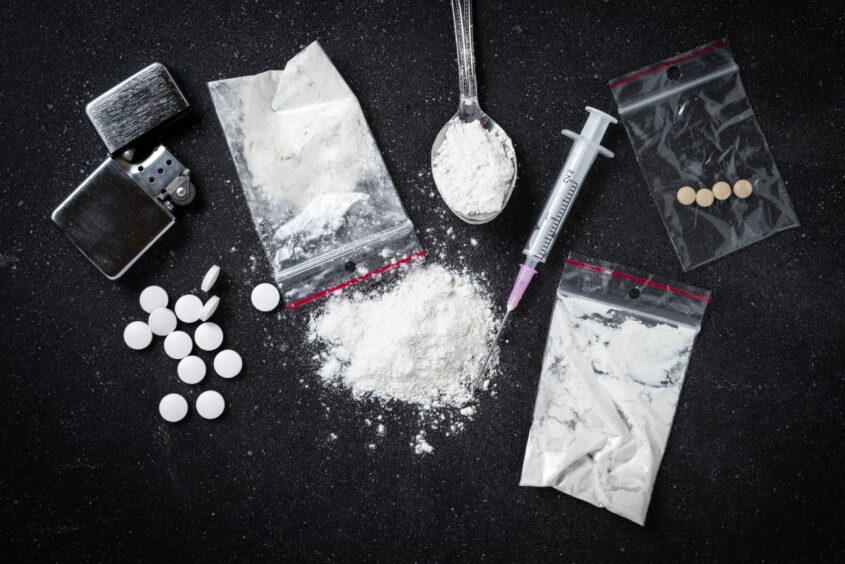
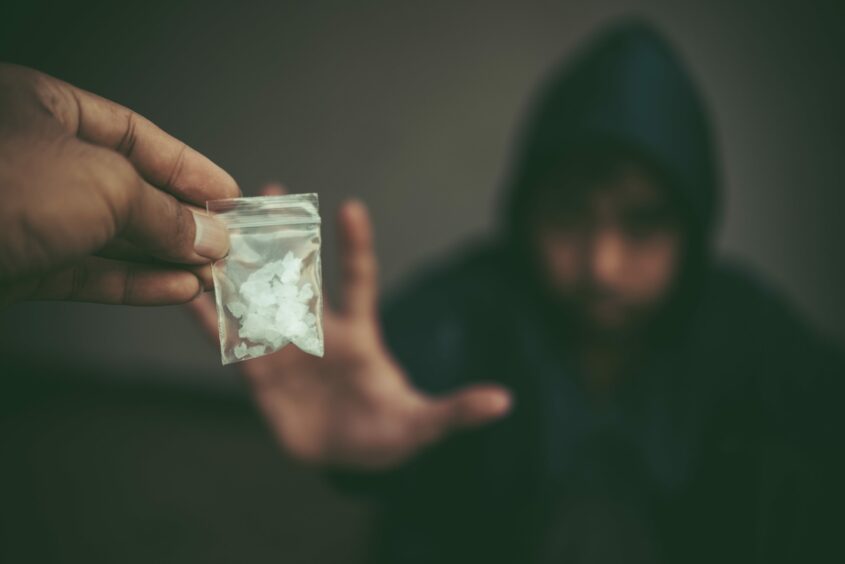

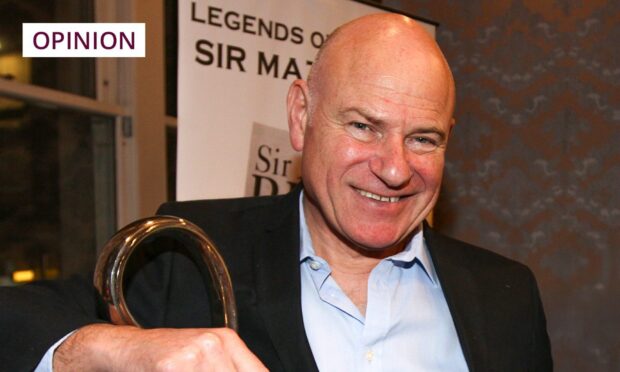
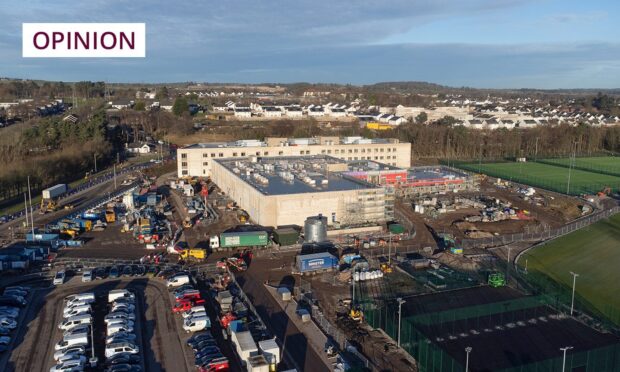
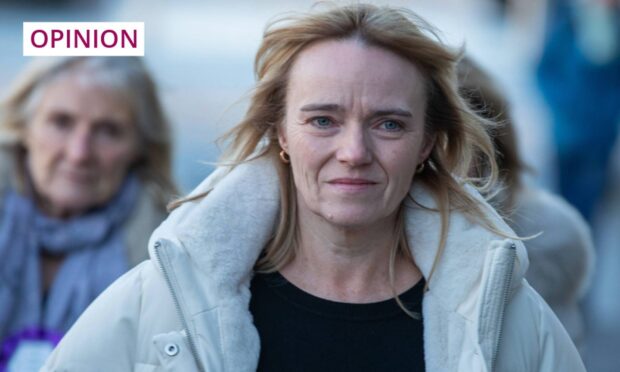
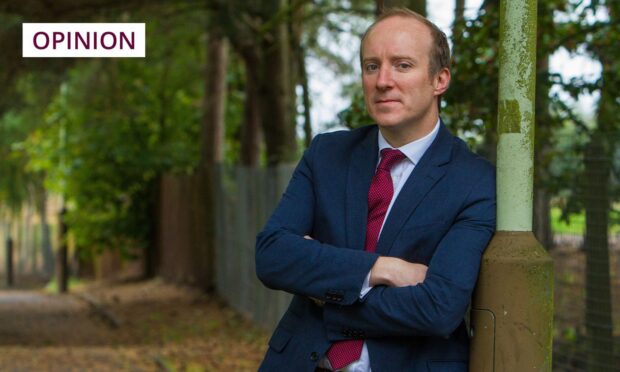
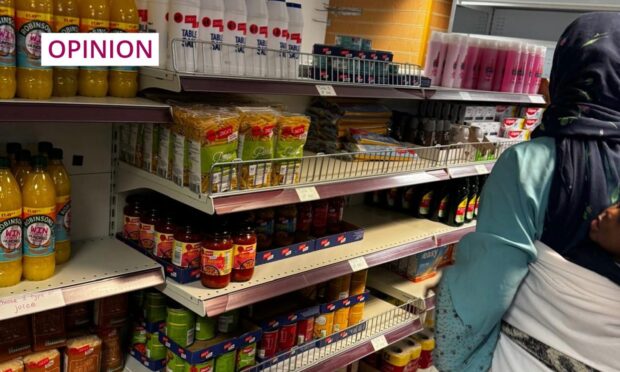
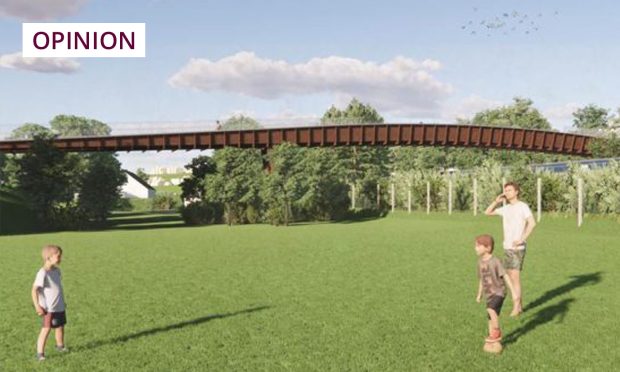
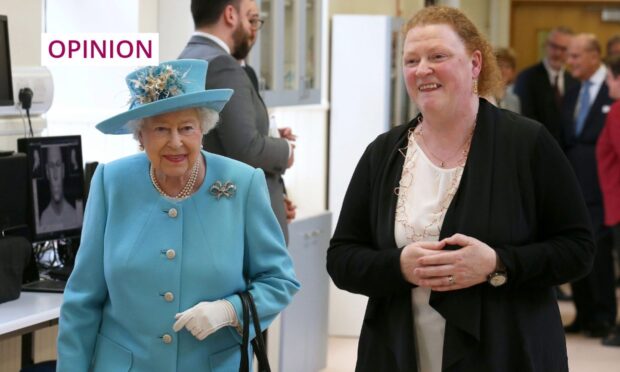
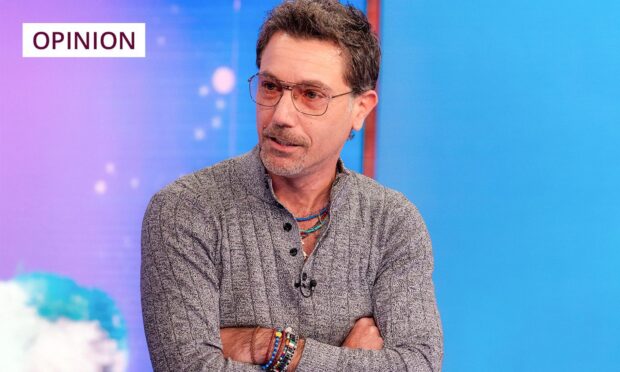
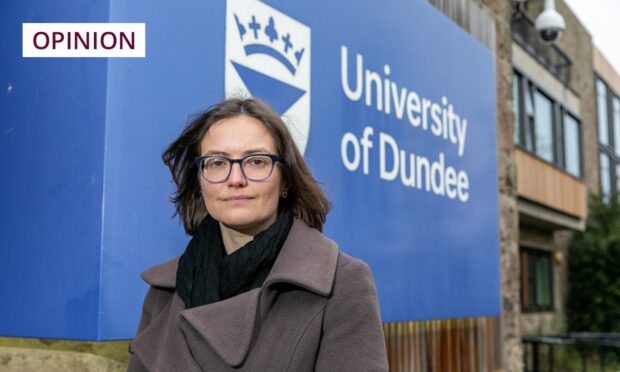
Conversation